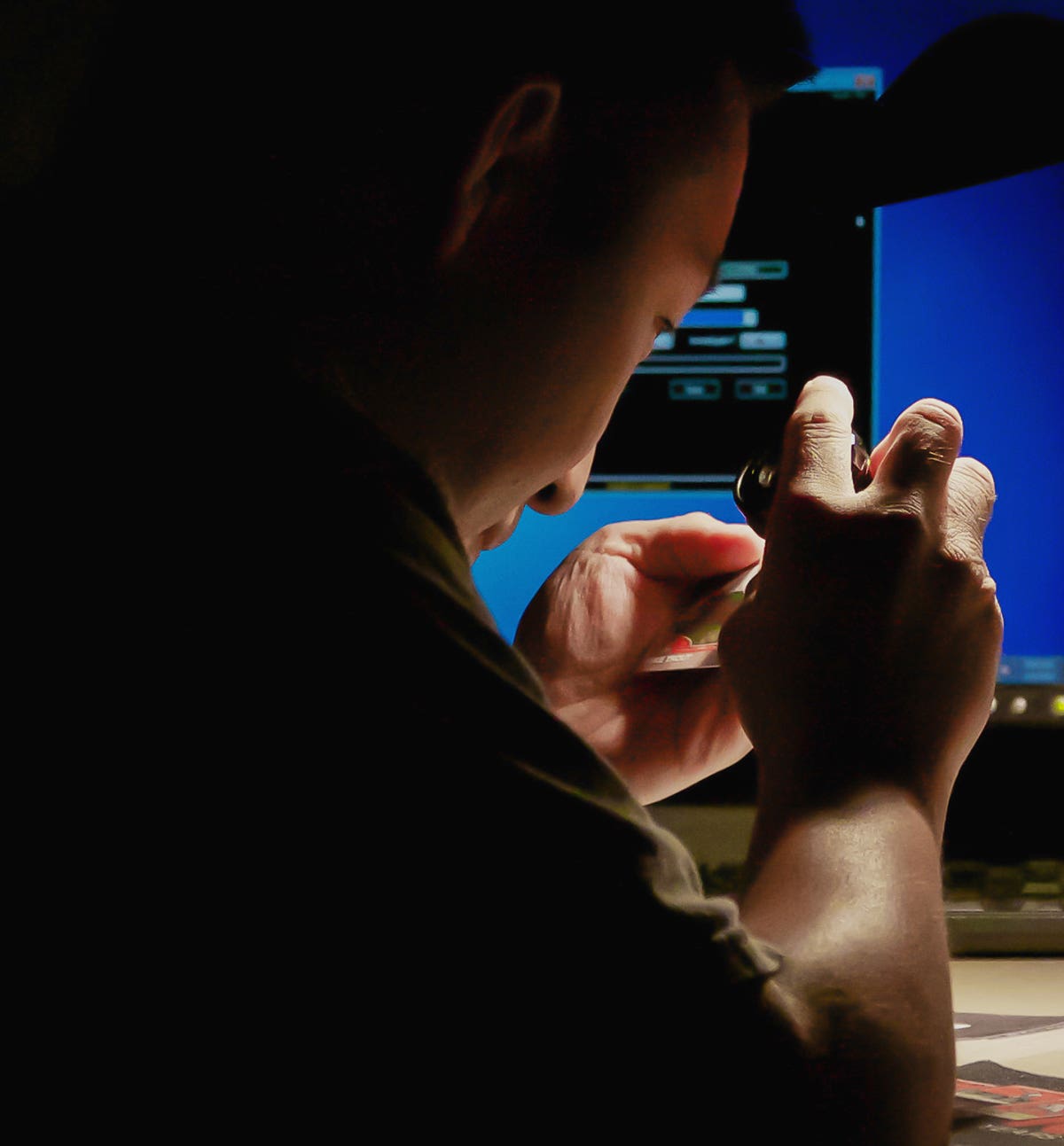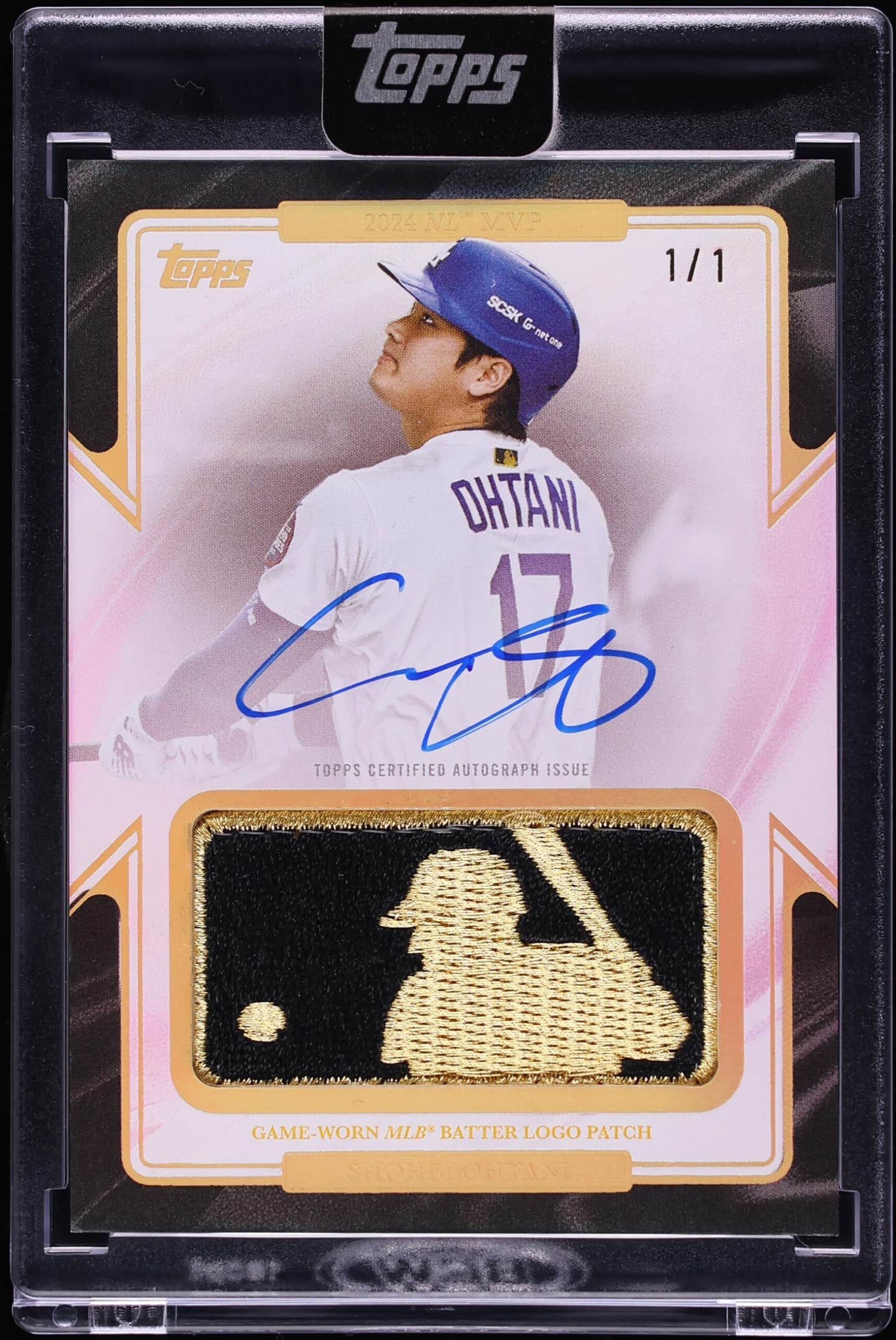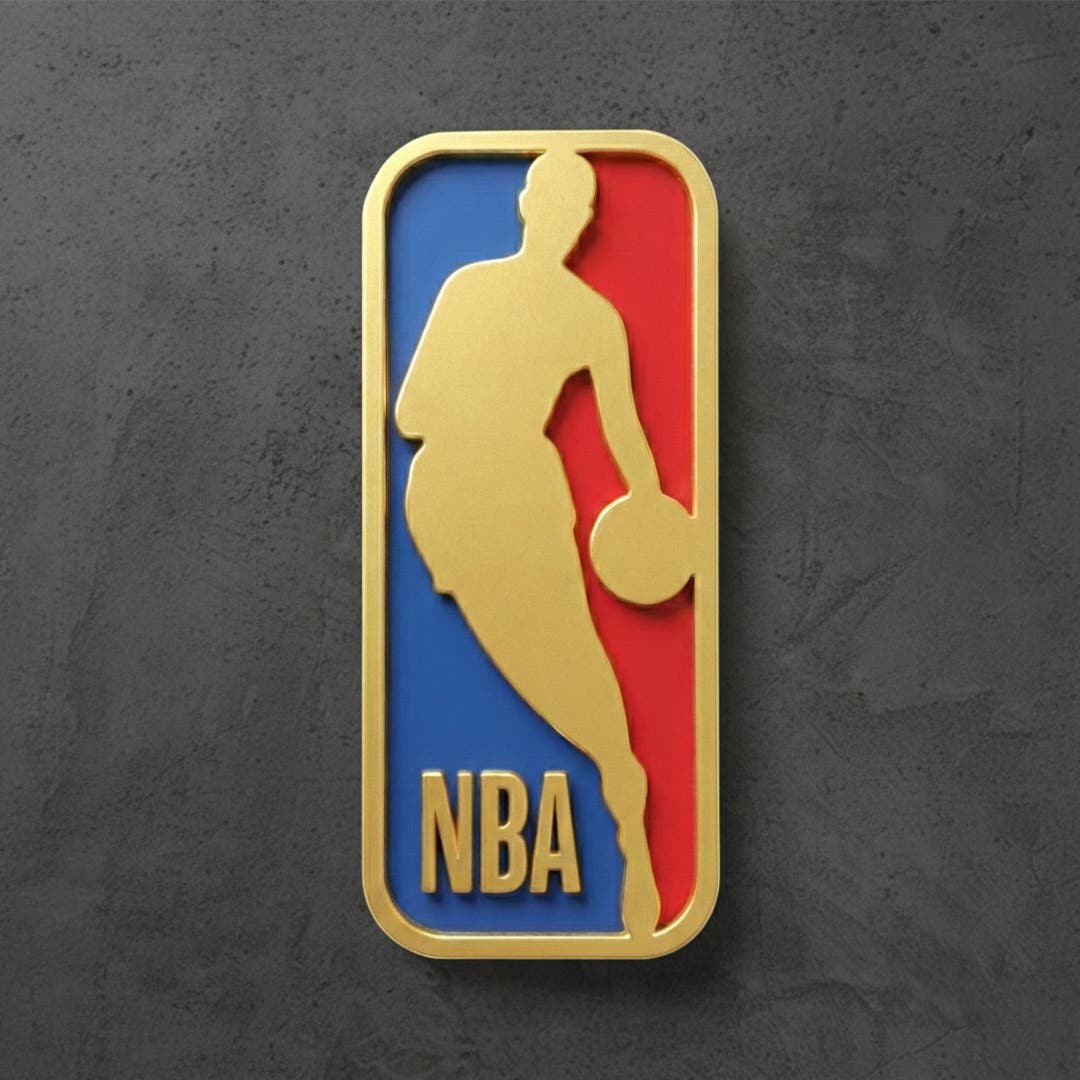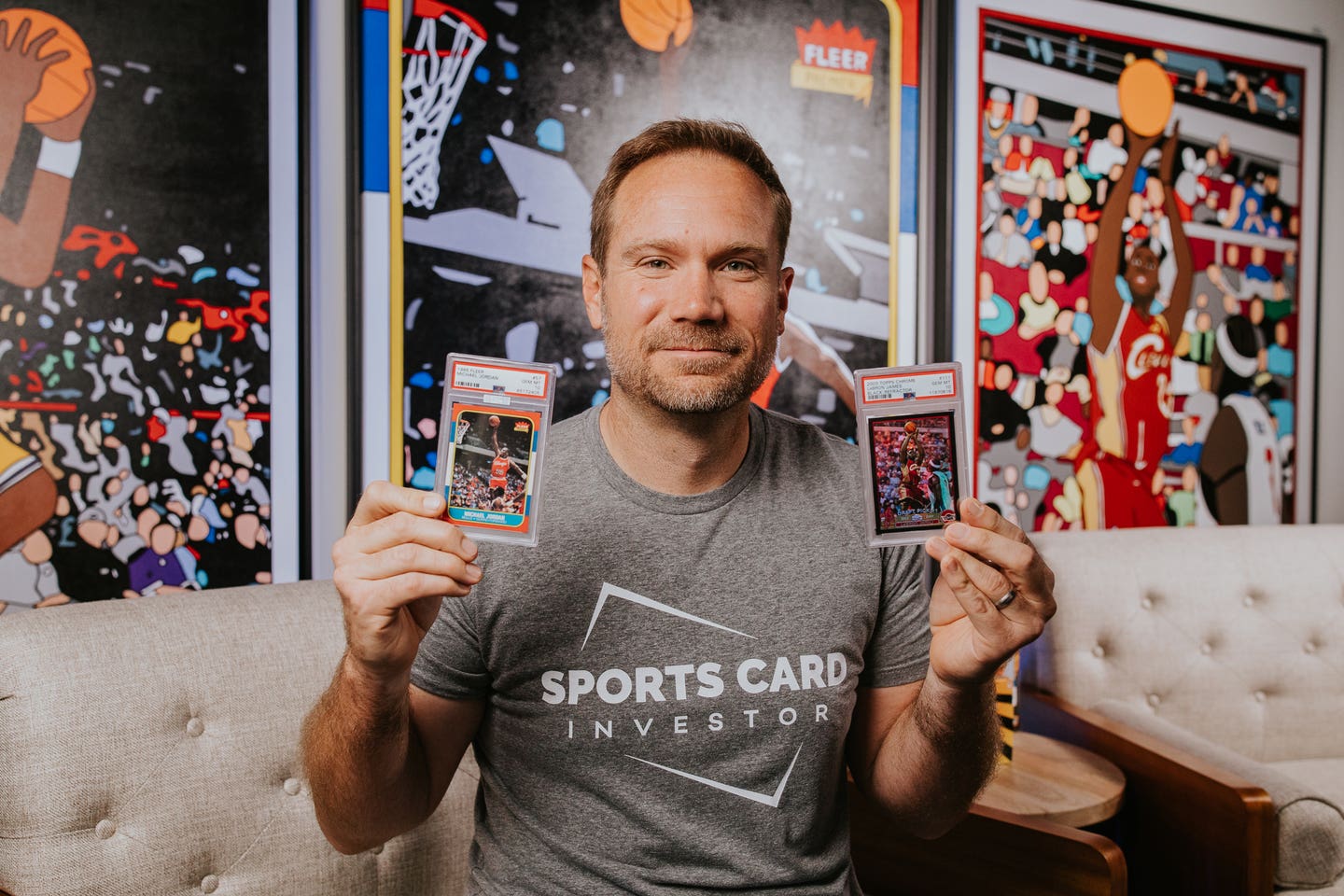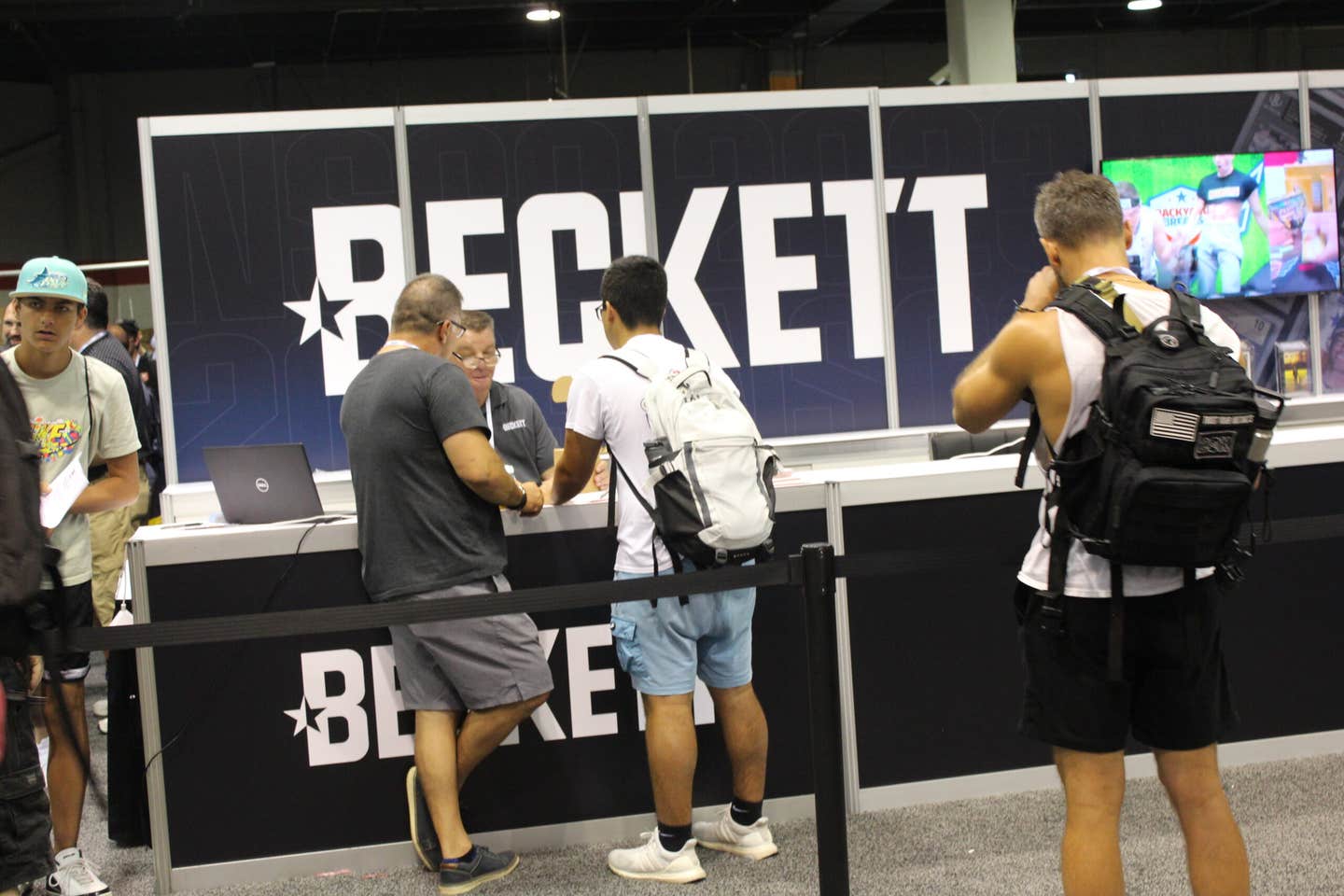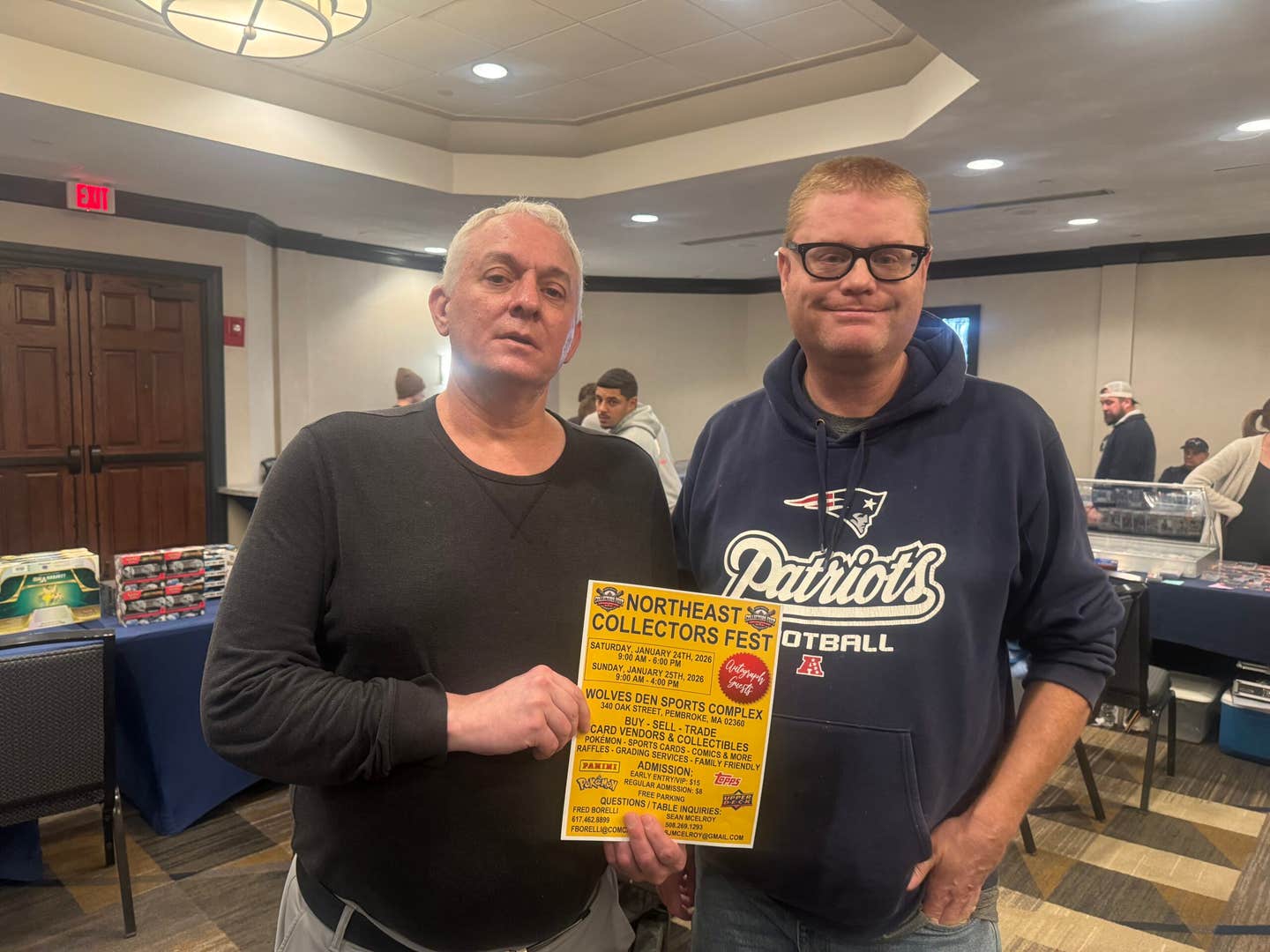News
Schilling shares unique ties to several HOFers
By Paul Post
Curt Schilling has amassed all kinds of collectibles during a career that should lead to his enshrinement in baseball’s Hall of Fame.
Some things, such as his spikes and blood-stained socks from the 2004 World Series, are already in Cooperstown.
He has three World Championship rings, a World Series MVP Award and numerous other honors. Two things, however, stand out for the six-time All-Star hurler.
“My most treasured items are a Roberto Clemente-signed bat to (Hall of Fame umpire) Al Barlick and a 1927 Lou Gehrig jersey and hat,” he said.
How did he come by them?
“I made a good living,” Schilling said, smiling.
Last year, the two-time 20-game winner was in Cooperstown for the unveiling of a new “Character and Courage” statue that depicts life-size figures of Clemente, Robinson and Lou Gehrig, with whom Schilling is closely associated through his organization Curt’s Pitch for ALS that allows people to donate to the ALS Association for every pitch he throws. He and his wife, Shonda, founded the association 18 years ago to raise money and awareness in the battle against amyotrophic lateral sclerosis, better known as “Lou Gehrig’s Disease,” a progressive and usually fatal affliction caused by the degeneration of motor neurons, the nerve cells in the central nervous system that control voluntary muscle movement.
The Schillings even named the oldest of their four children after Lou Gehrig, arguably the greatest first baseman in major league history. Gehrig Schilling was born May 27, 1995.
“The association with Lou is one of awe for me,” Schilling said. “He has gotten bigger and more incredible as time goes on.
“Shonda and I got involved with ALS when my career was just getting started in Philadelphia,” he said. “It just seemed like the right thing to do at the time. Like anything else that we’ve always done, we don’t do things halfway. So we got committed and we’ve been doing it for 18 years now.”
The image of his blood-stained sock and spikes with the letters “K, ALS” – short for “strike out ALS – is one of the most lasting memories of the 2004 Playoffs and World Series.
Schilling spoke almost reverently about Gehrig, Clemente and Robinson during unveiling ceremonies for the “Character and Courage” statue in Cooperstown.
“I can’t imagine what you endured,“ he told Robinson’s widow, Rachel, who was on hand for the event along with Clemente’s wife, Vera, and her sons Roberto Jr. and Luis.
Schilling recalled some of the stories he heard about Robinson from Johnny Podres, Schilling’s pitching coach and mentor on the Phillies. Robinson and Podres had been Brooklyn Dodger teammates.
Podres told Schilling how Robinson was turned away from white-only hotels and restaurants and the insults and abuse he endured on the field as baseball’s first black player.
“They aren’t cheerful stories,” Schilling said. “But I wanted to understand what prejudice and racism was at the height of its ugliness. I was a white, middle-class kid that played Little League growing up. I grew up about as far away from Jackie Robinson as you possibly could. So I had no idea what that kind of thing was like.”
Schilling said he also drew inspiration, listening to Podres, about how Dodger teammates came to Robinson’s defense when it wasn’t the popular thing to do. Robinson broke baseball’s color barrier in April 1947 and kept playing in the face of death threats and racist taunts. A month later, in Cincinnati, Pee Wee Reese, the captain of the Dodgers, went out of his way to support Robinson publicly by walking over and putting his arm around Robinson’s shoulders, a gesture that told the world and all the Dodgers that Robinson was their teammate.
“I was more proud of those individual stories,” Schilling said.
He makes no secret of his admiration for Gehrig, Clemente and Robinson, but credits Podres – who passed away in January 2008 – for helping him stay in the big leagues.
“Johnny was one of the three or four people that made my career possible,” he said. “If I hadn’t run into him and had his influence on my life when it happened, I probably would never have stayed around. He came along in my life when I needed it most. My dad passed away a couple of years before that. I was looking for a father figure and he was there.
“And Joanie, his wife, they were very influential on us as a couple.”
Schilling and Podres were so close that Schilling even hired Podres’ son, John Jr., to train and drive his harness race horses.
* * * * *
An Alaska native, Schilling made his big league debut on Sept. 7, 1988, with the Orioles. It was an impressive start as he scattered six hits over seven innings, but also walked five and gave up three earned runs, not quite good enough to earn the win. In fact, he wouldn’t get his first major league victory until 1990, when he was strictly a relief pitcher.
After three unremarkable years, the O’s dealt Schilling, with Steve Finley and Pete Harnisch, to the Astros for Glenn Davis. He appeared in 56 games and had a 3-5 record for Houston in 1991. Then the Astros traded him to the Phillies for Jason Grimsley, a move that proved to be the turning point of his career.
With Podres’ help, Schilling finally blossomed as he stepped into a starting role and quickly became one of the game’s best pitchers – chalking up a 14-11 mark in 1992 followed by a 16-7 mark during the Phils’ 1993 pennant-winning campaign.
The next three years, including the strike-shortened season in 1994, found him struggling again, but Schilling rebounded to post a 17-11 record in 1997, the first of six straight seasons with double-digit victories.
At the 2000 trade deadline, the Phillies sent him to Arizona for four players and he went just 5-6 the rest of the way.
The next year, however, Schilling finally realized his goal of reaching the 20-win plateau (22-6). More importantly, he helped the Diamondbacks win their first World Championship and was named Co-MVP of the World Series with Randy Johnson.
It was the first of three 20-win seasons in a four-year span for Schilling who went 74-28 from 2001-2004, including a career-best 23-7 in 2002.
The 2003 campaign was a letdown for Schilling as he went just 8-9. In November, the D-Backs traded him to Boston in a five-player exchange. Fighting back again, he rebounded to go 21-6 in 2004. Without him, the Red Sox never would have reached the World Series where they finally put to rest the “Curse of the Bambino,” ending a championship drought dating back to 1918.
His gutsy postseason performances, pitching with an injured ankle that required surgery, produced enduring memories – proof of Schilling’s own “Character and Courage.”
In 2007, the Red Sox won the World Series again, giving him his third ring in the space of seven years. With an 11-2 record, he’s considered one of the greatest postseason pitchers in baseball history.
He missed all of 2008 with a shoulder injury and filed for free agency at season’s end. In March of 2009 he announced his retirement. Lifetime, the 6-foot-4 right-handed pitcher compiled a 214-146 record, 3.46 ERA and 3,116 strikeouts. He has led both leagues in victories – the NL in 2001 (22) and the AL in 2004 (21) and twice led the NL in strikeouts with 319 in 1997 and 300 in ’98.
Schilling holds the major league record for consecutive starts (69) without allowing an unearned run, which ended on May 23, 2007, against the Yankees.
An outspoken critic of some of the players linked to the steroid problem over the years, Schilling will be on Hall of Fame ballot for the first time in 2013, taking part in one of the most illustrious – and likely controversial – first-time candidates ballot ever.
Vying for the sanction of immortality in Cooperstown for the first time along with Schilling that year: Barry Bonds, Roger Clemens, Sammy Sosa and Mike Piazza, to name the headliners.
Veeerry interesting.



